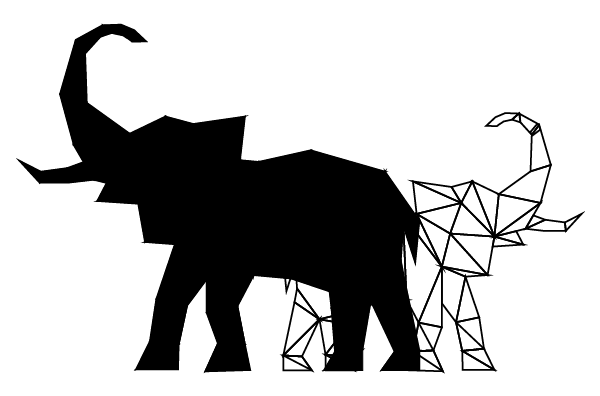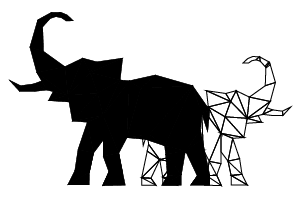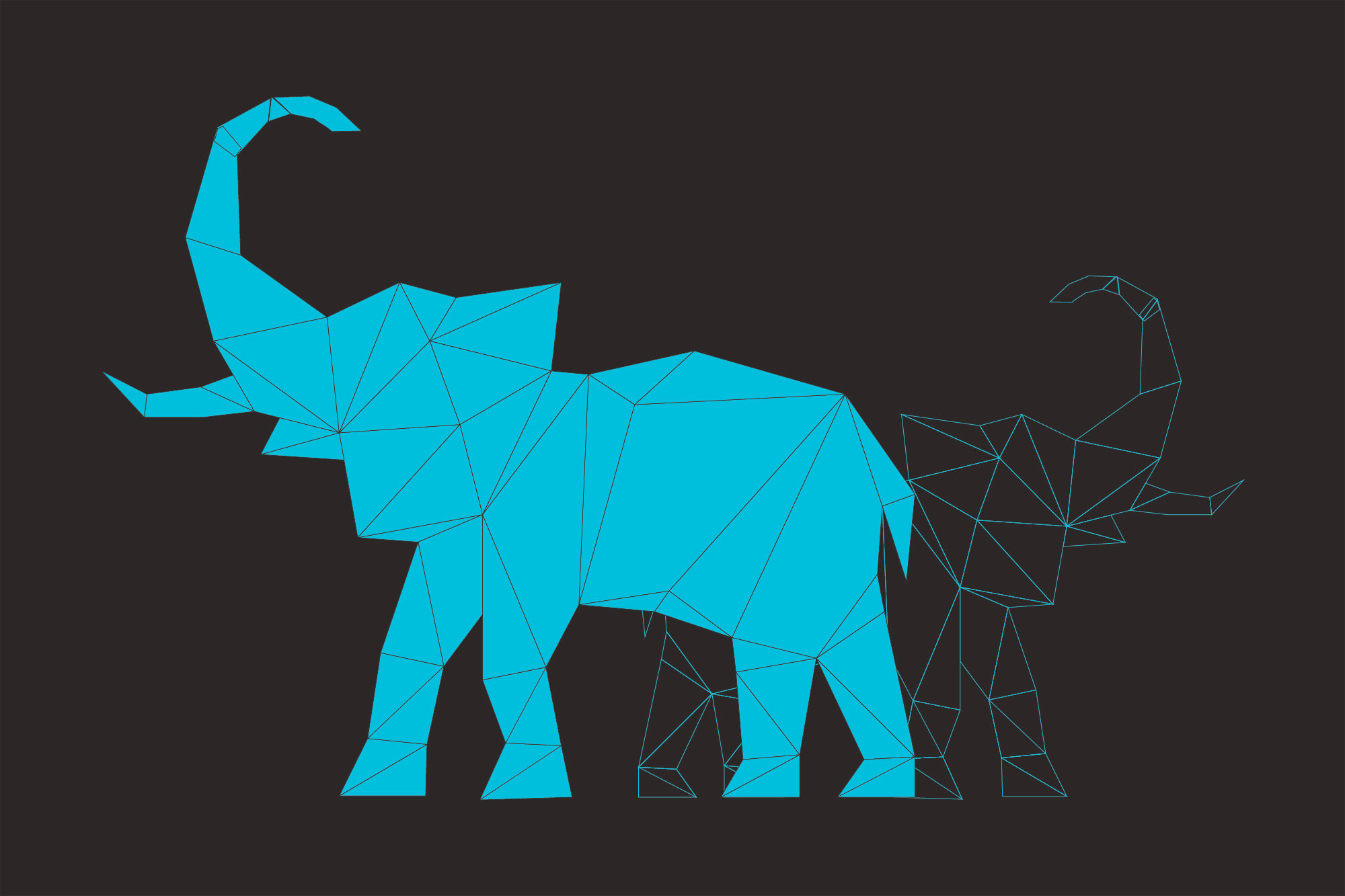Embodiment is a term that seems to be used in different ways by different people. The common theme is that an embodied practice is something that involves some kind of bodily experience. For some people embodiment may mean simply being more aware of your bodily sensations, for others using practical experience to help you learn, and yet others may see embodiment as relating more to physical skills (like riding a bike). Finally, there are some who define embodiment as a way of being in the world where information from your body is fundamental to how you construct meaning.
As it is a term we use a lot at Wicked Elephants, I wanted to clarify what I personally mean by embodiment. For me, to be embodied is to be in touch with your felt sense of a situation/concept/object/person, where this felt sense is experienced as a way of knowing. Whilst many people seem to have an immediate understanding of the term ‘felt sense’, it remains a difficult concept to describe. Psychologist Eugene Gendlin coined the term and described it as “a special kind of internal body awareness”i. He goes on to describe that “a felt sense is not an emotion. We recognise emotions. We know when we are angry, or sad, or glad. A felt sense is something you do not at first recognise – it is vague and murky. It feels meaningful, but not known. It is a body-sense of meaning.”
Gendlin also comments that “your body ‘knows’ the whole of each of your situations, vastly more aspects of it than you can think”ii. Whilst this is an hypothesis rather than a proven fact, it rings true to my experience working with bodily ways of knowing. It makes sense to me that this way of knowing is part of how we make sense of all the changing and interlocking aspects of our complex world. A complex issue will often defy language. If there are lots of different factors involved, we will generally have a feel for the complex ‘whole of the issue’ rather than being able to concisely define it. In describing a computer generated complex pattern, complexity scientist Melanie Mitchell once said: “so it seems like there are some regularities here, but they are hard to describe – and that, in a sense, is a definition of complexity”iii. Even a scientist agrees that a complex pattern is difficult to define and yet recognisable, so it makes sense to me that we have evolved ways of knowing that are also recognisable but difficult to articulate. The ‘felt sense’ may well be an aspect of our intelligence that has evolved to help us make sense of complexity, yet it is an aspect of our intelligence which is given little attention in our learning institutions.
Not only can we not always articulate the knowledge we get from the body (for example we may just sense that something is not right about a situation, but can’t articulate what), but we can’t always explain how we come to such knowledge either (what our reasoning is) as this way of knowing generally happens independent of reason. In this sense, this way of knowing can also be called a form of intuitioniv. If you sit with (or explore) the felt sense long enough you may begin to be able to put some words to it, but even if you can’t articulate this form of knowing, it can still be useful and meaningful to you. To quote Phil Porter, one of the founders of the embodied practice of InterPlayv: “you don’t have to be able to articulate your experience in order to claim it”vi.
Whilst it is generally accepted that embodiment relates to some sort of bodily experience, not all experiences are embodied (following my definition of embodiment). It is possible to engage in an experience whilst remaining largely abstracted from your bodily sense of the situation. You can even engage so called ’embodied practices’ in more or less embodied ways. For example, if I am inviting you to do some movement on behalf of an idea, you could either think of some movements that represent that concept and then perform them with your body (less embodied), or you could notice how your body seems to want to respond when you think about that idea and allow it to do so (more embodied). In the second example, you may well reflect intellectually on these movements afterwards, but the movements themselves are not intellectually contrived (or at least less contrived). The less embodied way feels to me like acting, and the more embodied way like waiting until I am ‘moved to act’. Whilst it may not make sense to you initially how your body is wanting to move, with time it can yield deep insights. In this way you can allow your body to give expression to your felt sense – and the results can be surprising!




